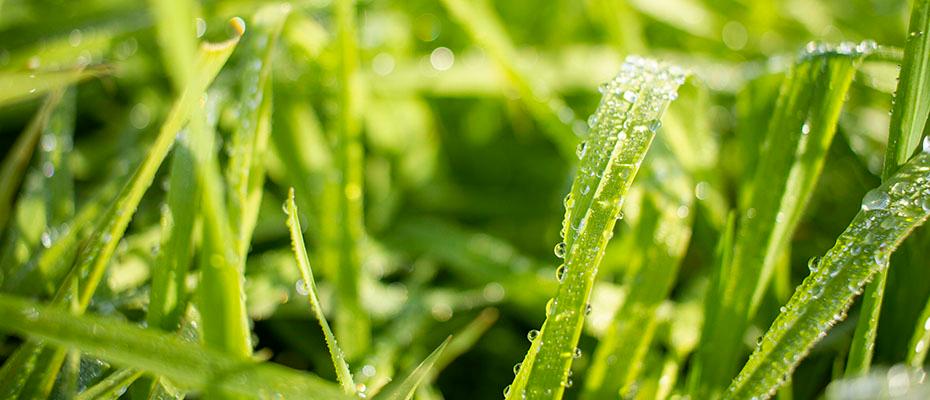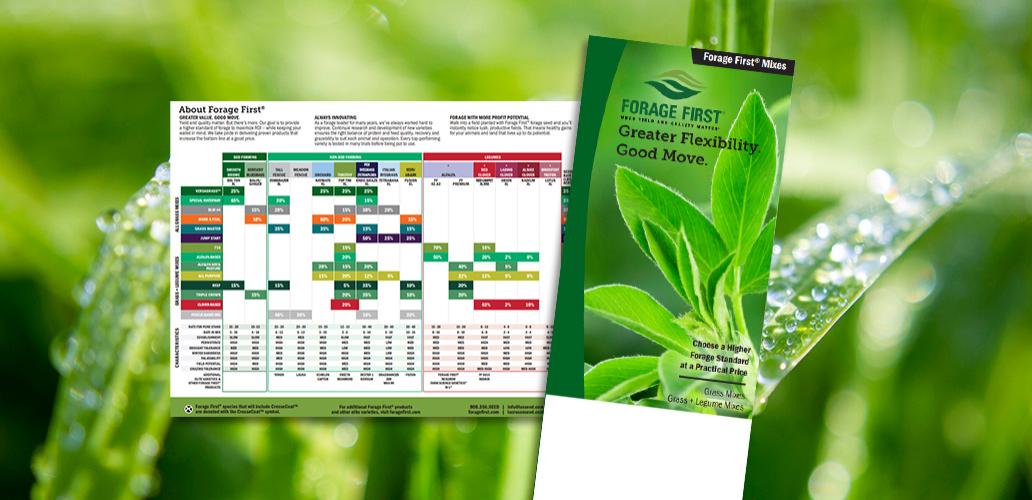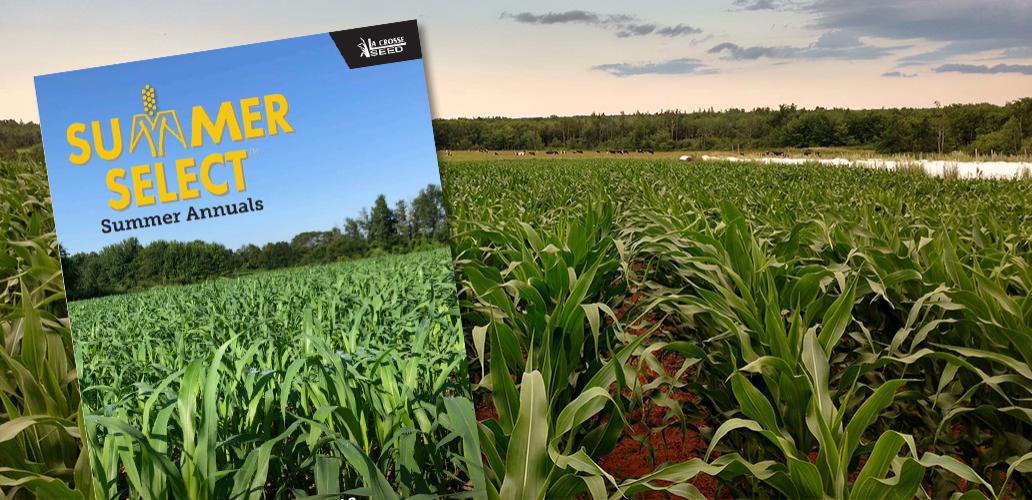Forage First Guide I Summer Select Guide
Greater Value. Good Move. Yield and quality matter. But there’s more. Our goal is to provide a higher standard for forage to maximize ROI– while keeping your wallet in mind. We take pride in delivering proven products that increase the bottom line at a good price.

Top Tim XL timothy is an early maturing blend of timothy grasses. It is highly productive in northern geographies for hay or haylage. Early growth is highly palatable for pasture, while later season growth produces leafy and fine-stemmed plants with strong yields and optimum forage quality. Performs best on well drained, fertile soils.
CHARACTERISTICS:
Establishment: Slow
Persistence: Medium
Drought Tolerance: Low
Winter Hardiness: High
Palatability: High
Yield Potential: Medium
Grazing Tolerance: Medium
SEEDING:
Seeding Rate:
Alone (lbs./acre): 8-15
Mixes (lbs./acre): 2-6
Seeds/lb.: 1,152,000
Depth (in.): 1/4-1/2
Planting Time:
Mar.-May; Aug.-Sept.
Emergence (days): 14-21
Life Cycle: Perennial
Adaptation:
Timothy is adapted to a cool and humid climate. Timothy thrives best on rich, moist bottomlands and on finer textured soils, such as clay loams. It does not do well on coarser soils. It prefers a pH of 5.5-7.0. Timothy will grow for a time on soils low in fertility, but it is better adapted to a high fertility soil. It is not well adapted to wet, flat land where water stands for any considerable time. Under limited moisture conditions, it makes a poor recovery and does not tolerate drought or prolonged high temperatures. Timothy is very winter hardy and has high tolerance to cold temperatures and ice encasement.
Establishment:
Timothy is usually seeded in mixtures with legumes. This mixture may be drilled with a small grain drill. If planted with a winter grain, the timothy is seeded with it, and the legume is planted early the following spring. Seeding depth of timothy should be ½ in. A firm, weed-free seedbed is a key to a successful planting. Common seeding rates are 6-12 lbs./acre when seeded alone and 2-6 lbs./acre when seeded in mixtures.
MANAGEMENT:
Hay or Haylage Harvest:
Cut boot to early head for first cut, then every
4-6 weeks thereafter
Timothy is highly responsive to fertilizers, which should be applied frequently in ample quantities. Fertilizer, especially nitrogen, is important when legumes have almost disappeared from the hay or pasture mixture. Timothy stands become weak under close and continuous grazing. A fundamental reason for the decline of timothy under poor grazing practices is injury to the corms. These corms form in the spring at the same time the stem elongates. Food materials are stored in them, and they may be destroyed by trampling of grazing animals. Timothy can be initially grazed before jointing and again between early head to full head. Second and successive grazing should also occur before jointing and when basal sprouts appear at the soil surface. After the second grazing, plants usually do not joint. Timothy should be cut for hay or silage from early to full head. Make successive harvests for hay and silage when basal sprouts appear at the soil surface. Sterile seed-heads may be 15-20 in. up the stems when sprouts appear at the time of second cutting. Growing points stay below ground after a second cutting. Graze or cut to a minimum height of 3 in. or more.

Ratings
Scale 1-9, where 9 = best or most pronounced
Persistence
Drought Tolerance
Winter Hardiness
Palatability
Yield Potential
Grazing Tolerance
- Early maturity blend
- Excellent with clover or alfalfa for hay or pasture
- One to two weeks earlier to boot stage than Climax in most environments

.png)
.png)


.png)










